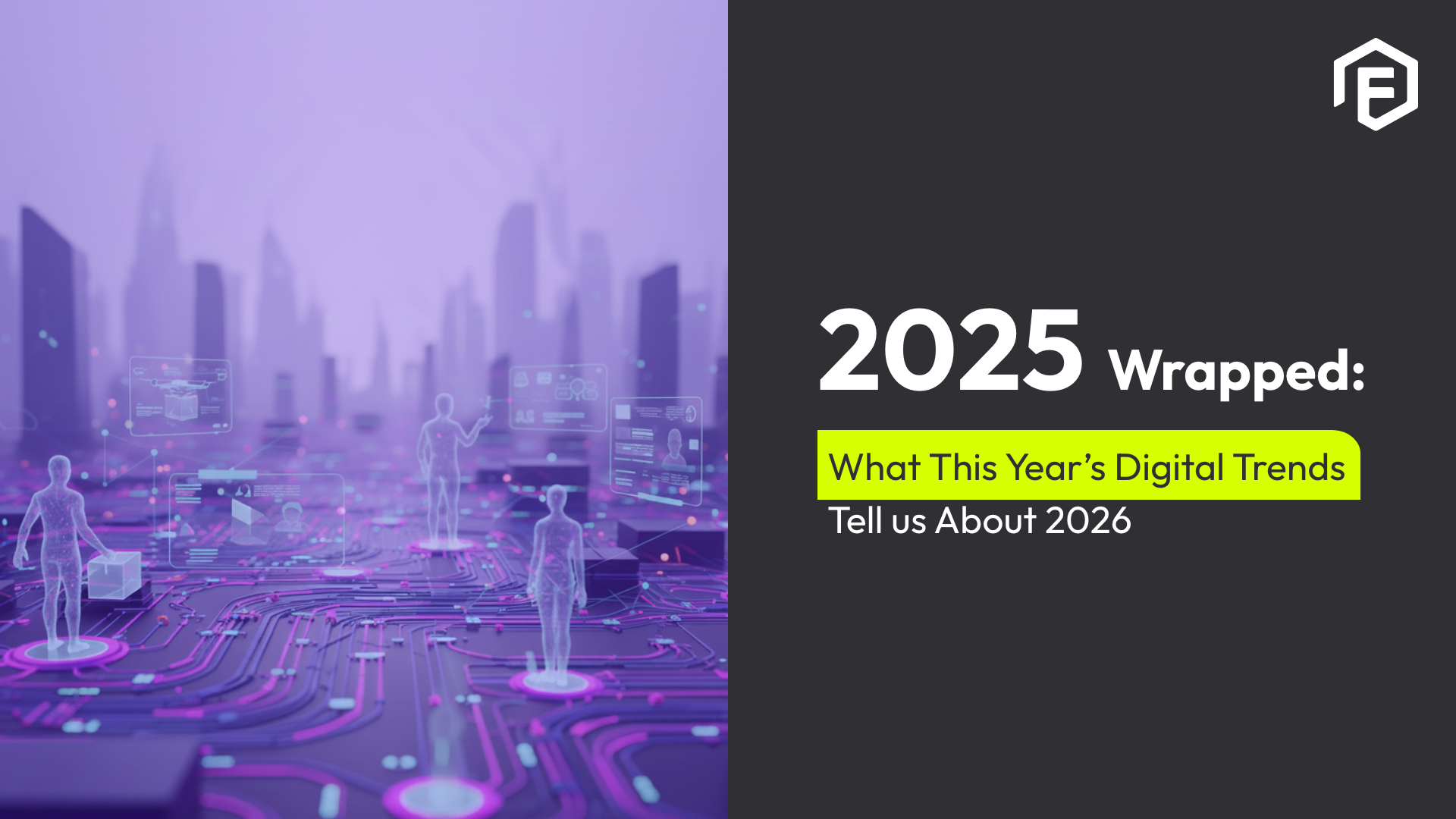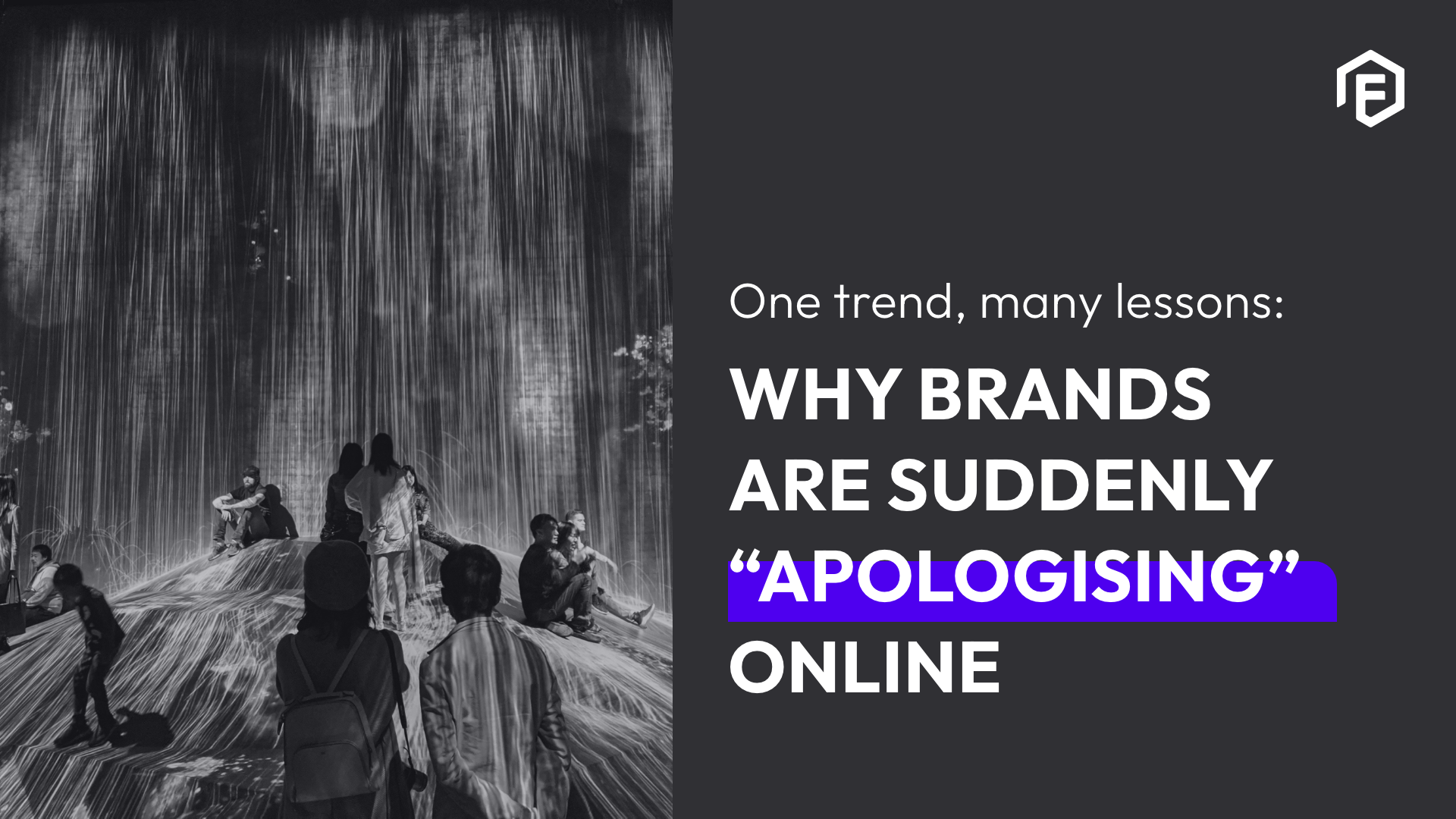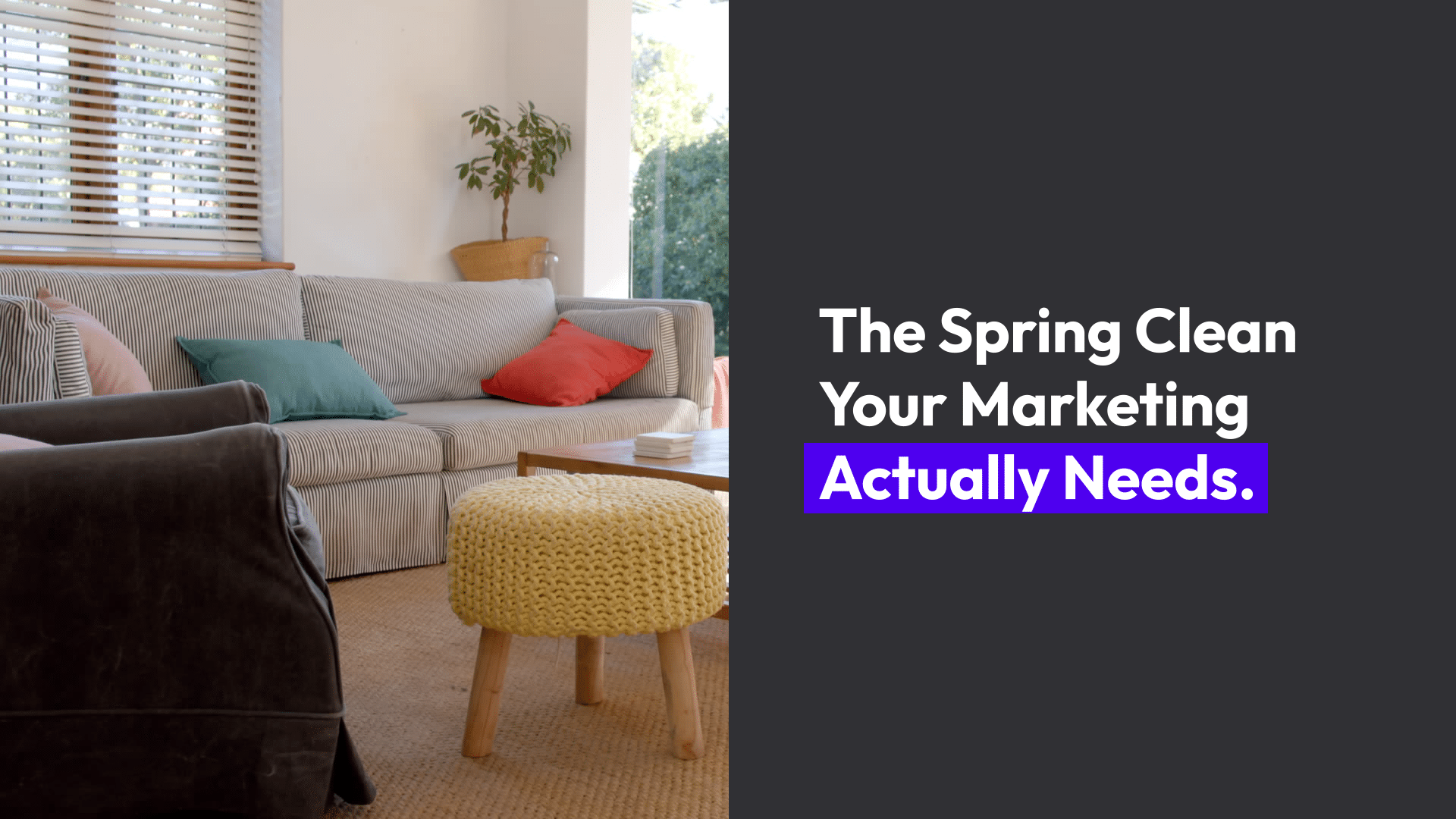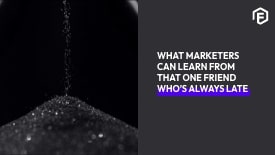Is paid media more like Deadpool with his durability and stamina, or Iron Man with his “brains, brawn and absolute vibes”? (Paid Social Lead Touficqua Jacobs’s words, not ours.) Well, it’s both, really. In this blog, we’ll break it down for you: Why does paid media have superpowers, how do you make sure it’s vibing at maximum effort, what are some examples of its showdowns in action… oh, and wtf is it?
What Is Paid Media?
When we asked our team how they’d break down paid media in the simplest terms for a client who’s brand-new to it, they said, “We spend money to ensure that you make more money.”
Paid media is any kind of marketing you pay for, whether that’s sponsored social media posts, social media ads, video ads, Google Ads, banner ads, pop-ups, pay-per-click (PPC) ads… It’s renting space on a platform to get your message in front of your target audience (TA). Think of it like a digital billboard – an effective and captivating one that makes sure your product can compete with cat videos and TikTok challenges.
Paid media is versatile and agile enough to achieve all your digital KPIs, from creating the upper funnel window shop by driving brand exposure to building brand affinity to ultimately taking consumers on a journey to brand loyalty and lower funnel success.–Zayd Sampson, The GUY with the MUG (you’ll need to ask him about that one sometime…)
Okayyyy… but what’s an example?
Imagine you’re a savvy startup selling artisanal dog biscuits (because Vladimir deserves the best, right? … Wait, Vladimir?!? (Yep, it’s one of the more popular doggy names in SA). You decide to launch a Facebook ad campaign targeting dog lovers in your city. Your cute ‘n catchy ad features adorable puppies munching on your biscuits. It’s in your TA’s newsfeeds, enticing them to click, learn more – and hopefully, make a purchase! That is paid media in action: simple, effective, and full of cha-ching.
You’re paying to be top of mind for consumers. Then, we continue to drive that consumer to perform an action.–Ficka, aka Touficqua, from earlier
How Is Paid Media Different to Earned Media Different to Owned Media?
Before we get on a first-name basis with paid media, we need to understand its relationship to owned and earned media. Each has a unique role in your digital marketing strategy.
Owned Media
These are the assets you control, like your website, blog, and social media profiles. Things you make and share yourself would fall into this category too, like newsletters and mailers. It is your brand’s home turf, sort of like a neighbourhood coffee shop, where you can showcase your content, tell your story, and build a loyal following.
Your blogs on how important good nutrition is for Vladimir, Facebook posts with free insights into how to get him to stop peeing inside, and your website’s “About Us” page are all owned media; they help build that friendly cafe that comes to feel like a valuable part of your customer’s online life.
Owned media is powerful because it allows brands to communicate controlled messages to their audience. The counterpart is that it is only targeting an audience who is already familiar with their company. Therefore, it is not the greatest source to acquire new customers.–Angela Wiesenmüller, EMEA Marketing Director of Meltwater
Earned Media
This is the digital equivalent of word-of-mouth marketing. It’s when your customers and fans spread the word about your brand without you having to lift a finger or pay a cent. It includes websites, review sites, media outlets, podcasts, social posts, and blogs mentioning your brand.
When a happy customer posts a pic of Vlad enjoying your biscuits on Instagram, tagging and big-upping your brand – that’s earned media. (Take a bow, you’ve earned it.) But as Meltwater points out, “It is attention you receive from sources that you do not control.” This means that feel-good Insta posts count as earned media… but so do bad reviews.
76% of consumers trust online reviews as much as recommendations from family and friends. In other words, organic reviews and testimonials are one of the best ways to gain [or lose] credibility.–Meltwater
Back to Paid Media – What Are the Deets?
Paid media is where you pay to play. And there are many, many ways to play.
Paid Social Media Ads
Almost every social media platform now offers paid media as an advertising option, and this typically involves ads and/or boosting existing posts, but it can also mean partnering with an influencer. (Interested in influencer marketing? Access our free and uber-comprehensive playbook here.)
A major benefit to using a Facebook, Instagram, YouTube, LinkedIn, X (Twitter), or TikTok, for example, is that there is data on the users’ interests, behaviour, demographics, and location, which helps you truly target your target audience.
Paid social media in a nutshell? Your brand’s ads on the right platform targeted at the right users means dolla-dollas.
Paid Google Ads
Guuurrrrl. When it comes to Google Ads, you’ve got options. There’s:
- Search ads
- Display ads
- Shopping ads
- Video ads
- App ads
- Discovery ads
- Performance Max ads
- Smart ads
Bryce Emley at Zapier has done a stellar job of outlining each type and we recommend you give his blog a read.
Here’s a basic breakdown of 4 biggies in case your time is money and it’s running out:
1. Google Search Ads
These text-based ads look similar to link listings in the SERP (Search Engine Results Page). They show up in the results before the top-ranking organic link.
NB: Search ads are subject to some of the same performance guidelines as organic links. Along with your maximum cost-per-click (CPC) budget, the performance and relevance of your ad affect its Quality Score.
2. Display Ads
These run on the greater Display network, which spans millions of apps and websites, and you’ll also see them on Google platforms like Gmail and YouTube. They can be different sizes and are sometimes woven throughout the body of the webpage, app, or interface.
3. Video Ads
Hosted on YouTube, you get a range of video ads: skippable in-stream ads; non-skippable in-stream ads; in-feed ads; bumper ads; outstream ads; and masthead ads (which are the ones that appear at the top of the YouTube home feed).
4. Performance Max (PMax) Ads
Performance Max automates ad campaigns across all Google Ads environments. PMax campaigns are holistic; they combine your goals and assets with Google AI and machine learning to optimise your paid media strategy.
Performance Max is a goal-based campaign type that allows performance advertisers to access all of their Google Ads inventory from a single campaign.–The titan itself, Google
Best Practices in Paid Media
How do you use paid media optimally?
According to Zayd, by:
- understanding who your desired target audience is and how they consume media;
- understanding what success looks like and aligning the media approach to achieve the brand KPIs; and
- going to market with the most suitable content, tailored for the selected platforms.
And one more gem from the GUY with the MUG? “According to Google, creative assets are 60% of the job done.” (Good thing we do paid media and creative content.)
Let’s break it down even more for you…
1. Know Thine Target Audience.
Use data and insights to understand who your audience is and where they hang out online. Tailor your ads to their interests and behaviors.
2. Know Thine Goals
Figure it out with a digital marketing strategy: Are you looking to boost brand awareness? Drive traffic to your site? Increase sales? Define your objectives so you can measure your success.
3. Craft Thine Compelling Content
Your ads should be as irresistible as Deadpool’s abs. Use eye-catching visuals, on-point copy, and a strong call-to-action to grab attention and encourage clicks.
4. Test & Optimise
Approach it like Iron Man would – with a scientific, evidence-based mindset… buuuuut with a willingness to live a little wild. Test different ad formats, audiences, and messaging to see what works best.
5. Monitor Thine Spend
Keep an eye on your budget like Hawkeye (see what we did there?). Use analytics to track your return on investment (ROI) and adjust your spending accordingly.
Conclusion
Paid media = Power. But you need to know how to use it and, for that matter, what it is. By understanding the intricacies of paid vs owned vs earned media, by understanding the many ways you can pay to play in, and by following best practices, your marketing budget can get a glow-up.
We hope this blog helped you. If it did, share the love.
Flume is an independent, full-service digital marketing agency providing services that include SEO, web design and development, public relations, media buying, client service, UX/UI, and creative production. For more information visit www.flume.co.za or email us to say, well, “hello”.
-
Frequently Asked Questions
-
1. What is paid media in digital marketing?
- Paid media refers to any form of marketing that requires payment to promote content or advertisements on various platforms, such as social media, search engines, and websites. It includes methods like sponsored posts, Google Ads, and video ads, aimed at reaching a target audience.
-
2. How does paid media differ from owned and earned media?
- Paid media involves paying for advertisement space, owned media includes the content and platforms you control, like your website and social media profiles, and earned media is the digital word-of-mouth marketing that comes from customers and fans sharing your brand without paid promotion.
-
3. Why is paid media important in a marketing strategy?
Paid media is essential because it helps increase brand exposure, drives traffic, and can lead to higher conversion rates. It enables brands to reach a broader audience and supports achieving various digital marketing KPIs.
-
4. What are some examples of paid media?
Examples of paid media include Facebook ad campaigns, Google Search Ads, Display Ads, and video ads on platforms like YouTube. Each type serves different purposes, from boosting brand awareness to directly driving sales.
-
5. What are the best practices for using paid media effectively?
To use paid media effectively, understand your target audience, define clear marketing goals, create compelling content, continuously test and optimize your campaigns, and closely monitor your spending to ensure a strong return on investment (ROI).



